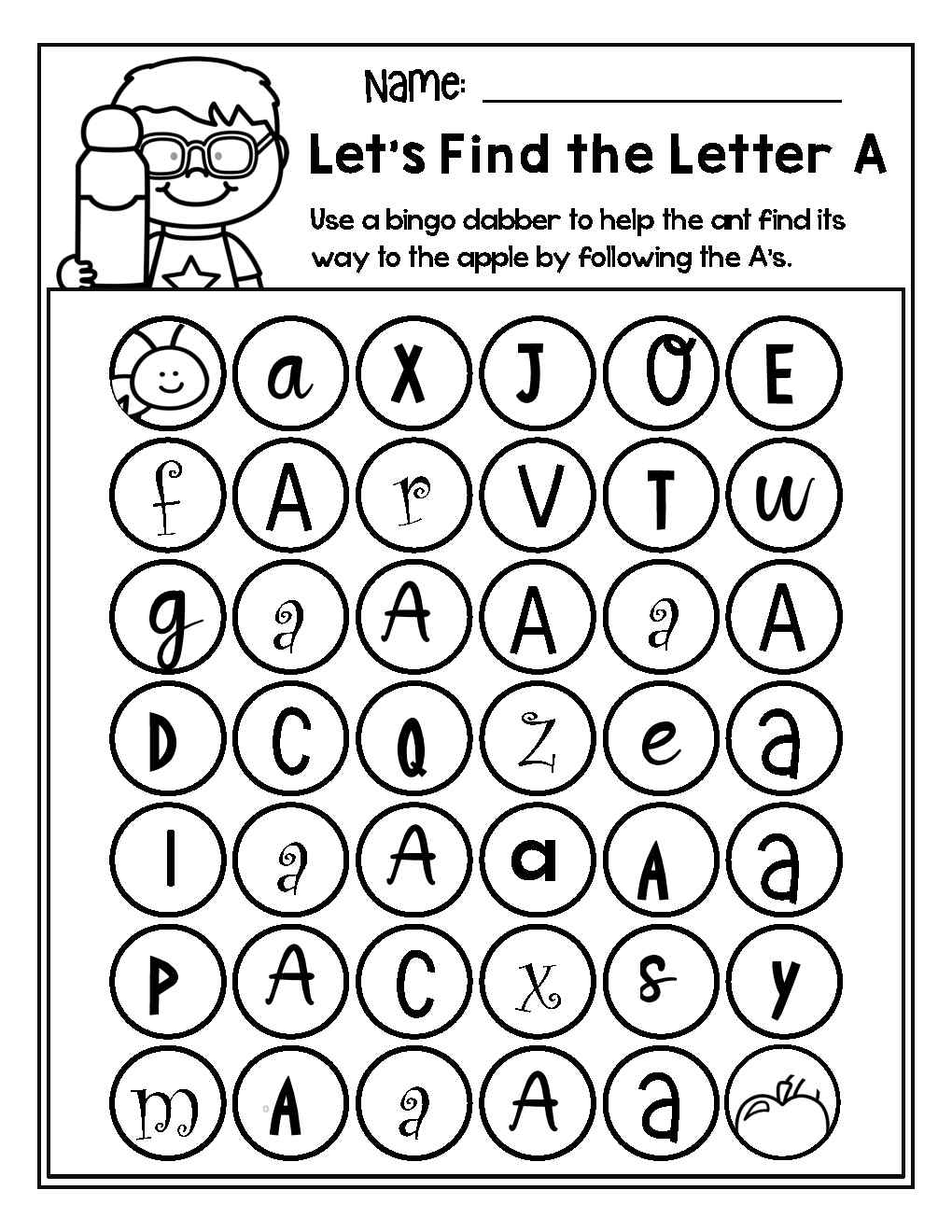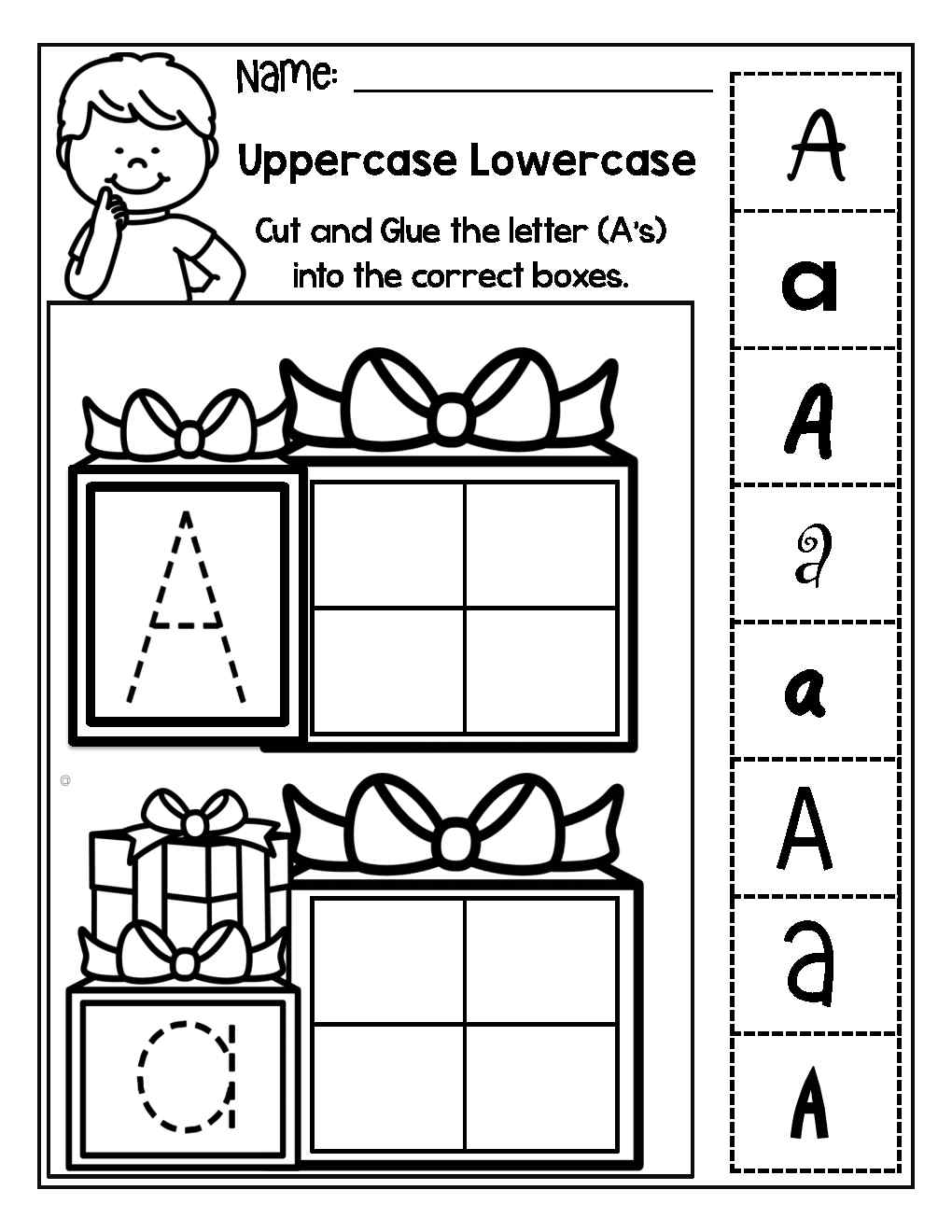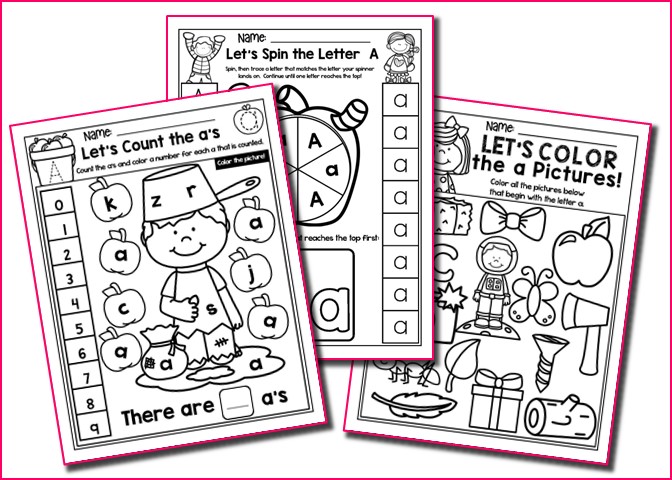
For several months, teaching the alphabet is at the heart of what we do in kindergarten! In order for students to learn the alphabet, there are numerous moving pieces in the classroom that must all operate together.
How to Teach the Alphabet Effectively in Kindergarten
- Simply read! It may sound funny, but the best approach to teach children the alphabet is to immerse them in it! Point out the letters and how you’re using what’s printed on the page to say the words as you’re reading out. Then there’s the fun of reading alphabet books; here are a few of my favorites!
These novels are also fantastic for inspiring writing in your writing lab! They make excellent story beginnings!



- Teach the students how to write their names in letters. Children have spent their entire lives seeing and hearing the letters of their names, so it only makes sense to begin there. Visit our Names Pinterest board for a plethora of ideas on how to engage with students’ names!
- Add music and movement to the mix! This is really crucial for young learners, and there are a plethora of excellent YouTube videos that demonstrate this. I also like to incorporate songs that my students are already familiar with into our lessons, so the video below is ideal for everyday practice!
Then, as the school year progresses, you still want to teach the alphabet, but the kids are getting tired of the same old songs, so we sing it backwards! (They did it, and you can too!)
- Stick to your lesson plan (or create a map of how you want to teach the letters.) This is critical since you do not want your students to be confused. If your school district has a set curriculum, embrace it and make it work for you. Add in some interesting and engaging activities where you can. Decide how you want to teach the alphabet if you don’t have a curriculum. There are various opinions about what works, but research consistently shows that a letter a day is effective, as is a letter a week. We would teach two letters per week in my ideal workplace, but that is a decision you will have to make if you are able to.



Our Letter of the Week files can help if you don’t have a curriculum. They’re all-inclusive modules including posters, printouts, anchor charts, centers, and so much more! It’s called Letter of the Week because each letter has a week’s worth of activities, but you don’t have to be a Letter of the Week instructor to utilize it. With these printables, you can use any timeline and a variety of reading programs and methodologies.
- Incorporate alphabet learning into your centers! Students can truly practice and grow acquainted with the skills you’re teaching in the centers! As a result, it’s critical that you include the alphabet in your activities throughout the year. Our boring old flashcards on binder rings, which I store in a drawer in my writing center, are one of my students’ favorite centers. (Of course, this is a spring statement, but students can draw other pictures and label them with the same letter they chose at the beginning of the year.)
- Keep track of your student’s progress. Another crucial aspect of learning the alphabet. I use Checklist Assessments to keep track of which letters my children can say, sound out, and write. This allows me to target certain groups and truly instruct on what my pupils require!
- Incorporate crafts and make it enjoyable! It’s critical to recognize that our young learners require crafts and activities in order to develop meaning. There are a plethora of crafts and activities to choose from, but my favorites are Alphabet Hats, which go home with the students and are adored by their parents!7. Incorporate crafts and make it enjoyable! It’s critical to recognize that our young learners require crafts and activities in order to develop meaning. There are a plethora of crafts and activities to choose from, but my favorites are Alphabet Hats, which go home with the students and are adored by their parents!


Making it enjoyable does not have to be limited to arts and crafts. Children enjoy making Interactive Alphabet Notebooks in which they may cut, glue, and construct a variety of small flip flaps. Is it possible for kindergarteners to complete them? YES. Our Interactive Notebooks are made up of simple cuts that are repeated over and over. You’ll have to model for the first few of times, but after that, the youngsters will get it. These are a fantastic tool because they are both entertaining and educational.



- Work on your fluency! You’ll want to have your kids increase up the pace and establish some automaticity in their understanding once they’ve mastered the alphabet. This can be done with letter cards or word searches. Students can begin by simply circling or dotting letters with a bingo dotter to identify them. This will help kids become accustomed to seeing the letters jumbled up, and as the year progresses, they will be able to read those letters with greater speed and fluency!
- Keep your loved ones up to date. We rely heavily on our families to help us reinforce what we learn in class, and this is especially true when learning the alphabet. We need our parents to agree on how to create the letters, whether to teach upper or lower case letters first, and so on. This is where our Alphabet Brochures come in handy.



When all of those factors come together, teaching and learning the alphabet becomes a lot easier!






